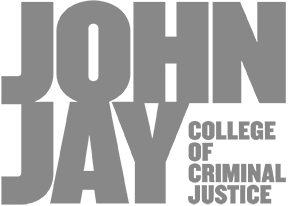When he was four years old, Reisman fled Polish pogroms with his mother and three siblings to join his father and two older brothers in New York. Because the family was poor, his father discouraged his early ambition to be an artist. Undeterred, Reisman dropped out of high school after six months to study at the Art Students League. By working at odd jobs he was able to take classes there for six years. His early paintings were candid, crowded scenes of the life he saw around him on the Lower East Side of New York: butchers, carters, peddlers, and homeless men in the Bowery. His first one-man show in 1932 was a critical success.
In 1944 Reisman spent a summer on Cape Ann and became fascinated with the fishing industry in nearby Gloucester. Sketches for his painting Mackerel Machine were made at a Gloucester processing plant where mackerel were canned for the army. Reisman saw a connection between the lives of men engaged in the struggle to make a living from the sea and those of city dwellers trying to survive in an often hostile environment. He continued painting into his eighties. His intention, he said, was “to carry on the humanist point of view.”
William H. Truettner and Roger B. Stein, editors, with contributions by Dona Brown, Thomas Andrew Denenberg, Judith K. Maxwell, Stephen Nissenbaum, Bruce Robertson, Roger B. Stein, and William H. Truettner Picturing Old New England: Image and Memory (Washington, D.C.; New Haven, Conn; and London: National Museum of American Art with Yale University Press, 1999)
